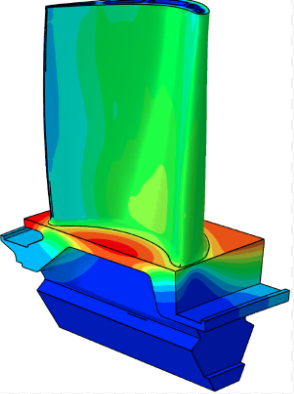Boundary Element Methods for Acoustics
Many real-life events can be represented by governing differential equations that describe the behavior of physical phenomena of such events. These governing equations are typically solved using differential methods, where the domain is subdivided into smaller volume elements, or integral methods, where the boundary of the domain is divided into smaller surface elements.
The Boundary Element Method (BEM) relies on the numerical solution of integral equations. BEM's surface modeling approach reduces complexity and consequently requires less modeling effort. Furthermore, because it does not involve direct domain modeling, BEM can achieve higher accuracy, particularly in addressing problems with high stress concentrations, such as those found in fracture mechanics, and infinite exterior domains, like acoustic radiation.

